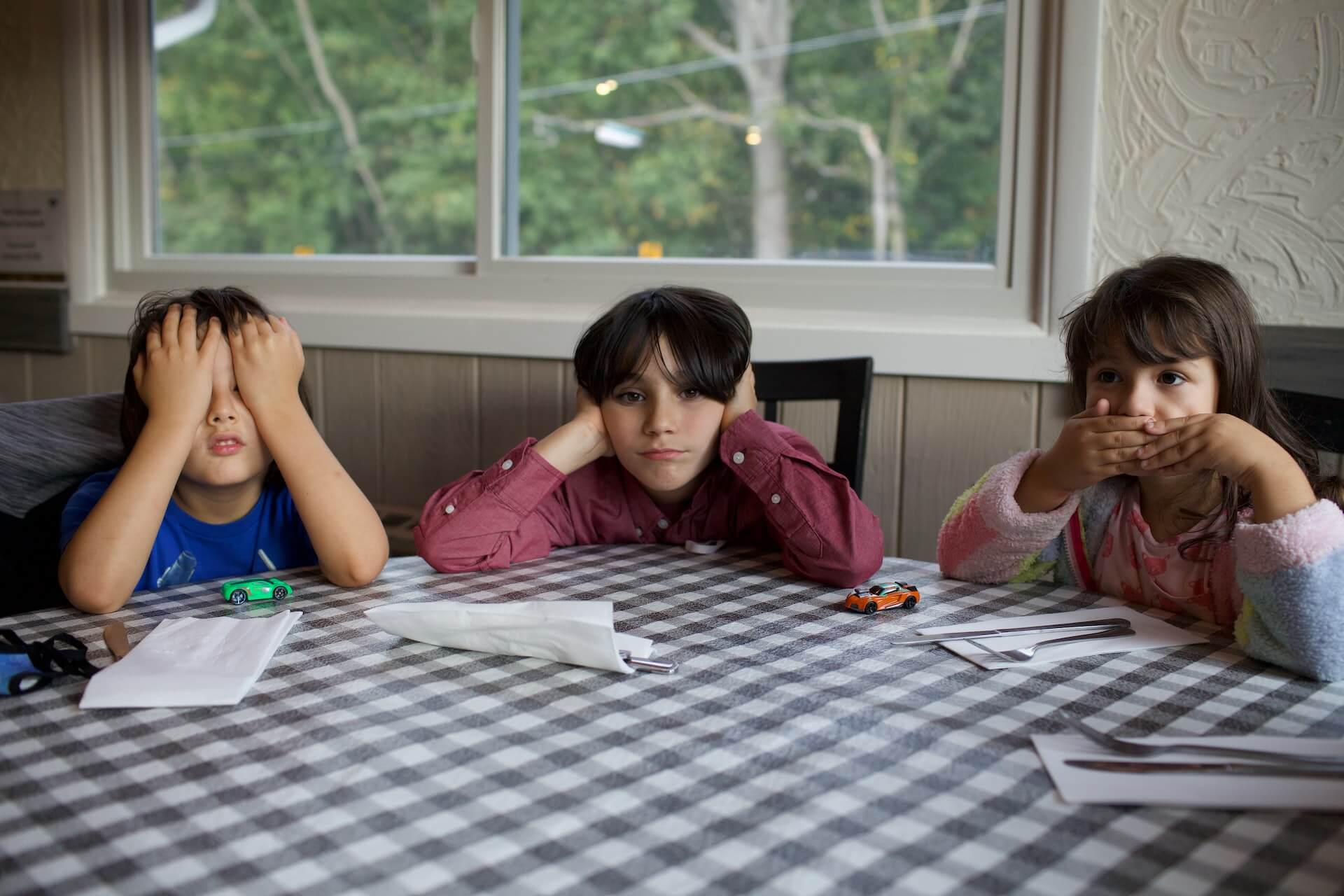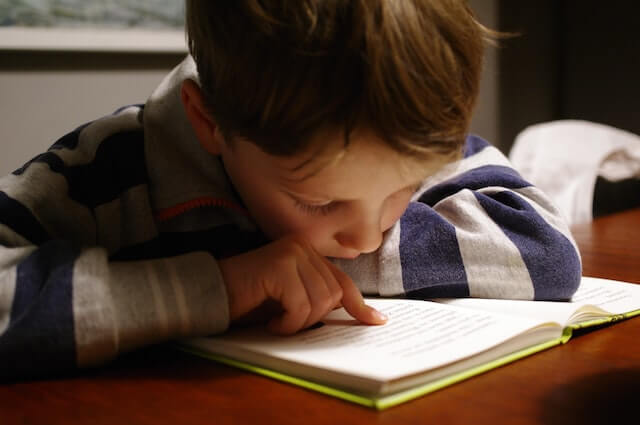
How To Correct Your Child's Grammatical Errors
by I Can Read Singapore on 06 Oct 2022
Every beginner trips over words and makes silly grammatical mistakes – it comes with the learners' territory. As parents and proficient English speakers, avoiding grammar errors and correcting common grammar mistakes should be simple. But when school was a long time ago, there can be many syntactic rules and terms that escape you. In this article, we’re giving you a refresher course on grammar errors so you can spell it out for your kids. Let’s start with the 5 most common grammar errors:
There, their, they’re
They sound the same but are not interchangeable.
‘They’re’ is a contraction – see the apostrophe? A contraction is a word made of two words mashed together. The apostrophe shows where the missing letter would go. ‘They’re’ is a contraction of ‘they are’. If it makes sense to replace ‘they’re’ with ‘they are’ in a sentence, you should use t-h-e-y apostrophe r-e.
Correct: They’re going to the zoo tomorrow.
“They are going to the zoo tomorrow.” makes sense.
Incorrect: I want to go they’re too.
“I want to go they are too.” doesn’t make sense.
‘There’ describes a place or position. If you look closely, you can see the word ‘here’ in ‘there’. Sometimes, you can use the word ‘here’ to check if you have chosen the right spelling of ‘there’.
Correct: The butterfly is over there.
“The butterfly is over here.” makes sense.
Incorrect: There cat can jump off the kitchen counter.
“Here cat can jump off the kitchen counter.” doesn’t make sense.
‘Their’ is used to show possession or that something belongs to someone. You can test if ‘their’ will work in a sentence by substituting ‘his’ or ‘her’.
Correct: Their car is green.
“His car is green or her car is green.” makes sense.
Incorrect: Their all excited for summer holidays.
“His all excited for summer holidays or her all excited for summer holidays.” doesn’t make sense.
The Past and Present Tenses

It’s important for your little one to grasp simple tenses (regular and irregular) before advancing to continuous, perfect, and perfect continuous tense.
A present tense verb tells you about something happening now. Many present tense verbs end with -s, -es, or -ies.
[Right now]: The boy walks his dog.
[Right now]: I play badminton with my friends.
A past tense verb informs you about something that happened in the past. Many past tense verbs end with -ed.
[Earlier]: The boy listened to music.
[Earlier]: I wrote a story about my cat.
The continuous tenses tell you about an ongoing or incomplete action. In the continuous tense, the main verb has an -ing form and follows a helping verb.
Present continuous: Tom and Kim are typing very fast.
Past continuous: Alex was speaking cheerfully.
Present perfect tense informs you about an action in the past that has a result in the present. In the present perfect tense, the main past participle is followed by the helping verb, ‘has/have’.
Present perfect tense: I have lost my book.
Present perfect tense: He has worked as a teacher for two years.
The present perfect continuous tense demonstrates that an action that started in the past is continuing at the present time. In the present perfect continuous tense, the main verb has an ing-form and uses the construction ‘has/have been’.
Present perfect continuous tense: It has been sitting there since Christmas.
Present perfect continuous tense: They have been following the TV series from season 1.
Past perfect continuous tense informs you about an ongoing action that started in the past and was interrupted by another action. In the past perfect continuous tense, the main verb has an -ing form and follows the helping verb, “had been.”
Past perfect continuous tense: It had been raining all week, making it hard to get the laundry done.
Past perfect continuous tense: She had been running when she tripped and fell.
Syntax Errors (Word Order)
In an English sentence, the subject should always come before the verb, followed by the object. This rule of thumb is known as the SVO word order wherein the subject and verb are required elements while the object is optional.
Monkeys eat.
subject + verb
Monkeys eat bananas.
subject + verb + object
The verb is the action. The subject performs the action. The object is whoever/whatever underwent the action. In the example, bananas are the object of this action. Once your child gets the hang of writing simple sentences, you can slowly introduce more elements like manner, place, time, and reason/purpose.
Monkeys eat bananas quietly.
subject + verb + object + manner
Monkeys eat bananas quietly in the forest.
subject + verb + object + manner + place
Monkeys eat bananas quietly in the forest at night.
subject + verb + object + manner + place + time
Monkeys eat bananas quietly in the forest at night to avoid waking up birds.
subject + verb + object + manner + place + time + reason/purpose
Subject-Verb Agreement
Like buddies, subjects and verbs have to get along and agree with each other. If the subject is singular, then the verb has to be singular. If the subject is plural, then the verb has to be plural.
Singular means there is just one. Here are three singular nouns: car, tree, and ball. Singular verbs always have an ‘-s’ at the end. Example, ‘eats, sings, sleeps.’
Singular noun-verb agreement: A bird sings.
Singular noun-verb agreement: The flower grows.
Plural means there is more than one. Here are a few plural nouns: birds, teeth, and bananas. Unlike singular verbs, we will not add an ‘s’.
Plural noun-verb agreement: Flowers bloom.
Plural noun-verb agreement: The children play with toys.
How to improve your child’s grammar
Be patient and give your child time to learn at their own pace. They need to feel motivated to learn, rather than pressured and overwhelmed. Read your children stories that make their eyes grow large with wonder. This makes the learning process so much more enjoyable. Every now and then, pause and ask them questions that prompt a discovery of sentence tense or syntax.
How ICR students learn grammar well
At I Can Read, students are taught grammar implicitly and explicitly. Learning grammar does not have to be restricted to writing notes and doing worksheets. Instead, we interweave grammar practice into activities throughout class. This gives students a hands-on approach to acquiring language by exposing them to activities that help them experience grammar usage in real life contexts. This helps bridge the gap between ‘knowing’ and ‘using’ the English language - empowering students with the necessary knowledge and tools to apply what they know in their everyday usage of grammar.
